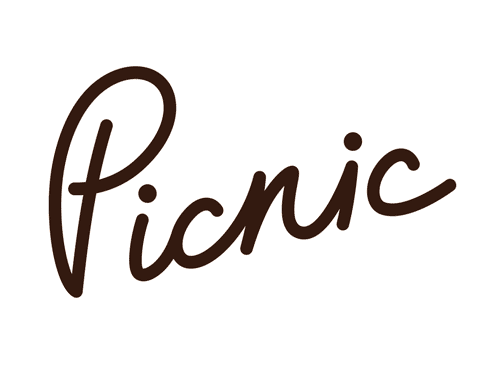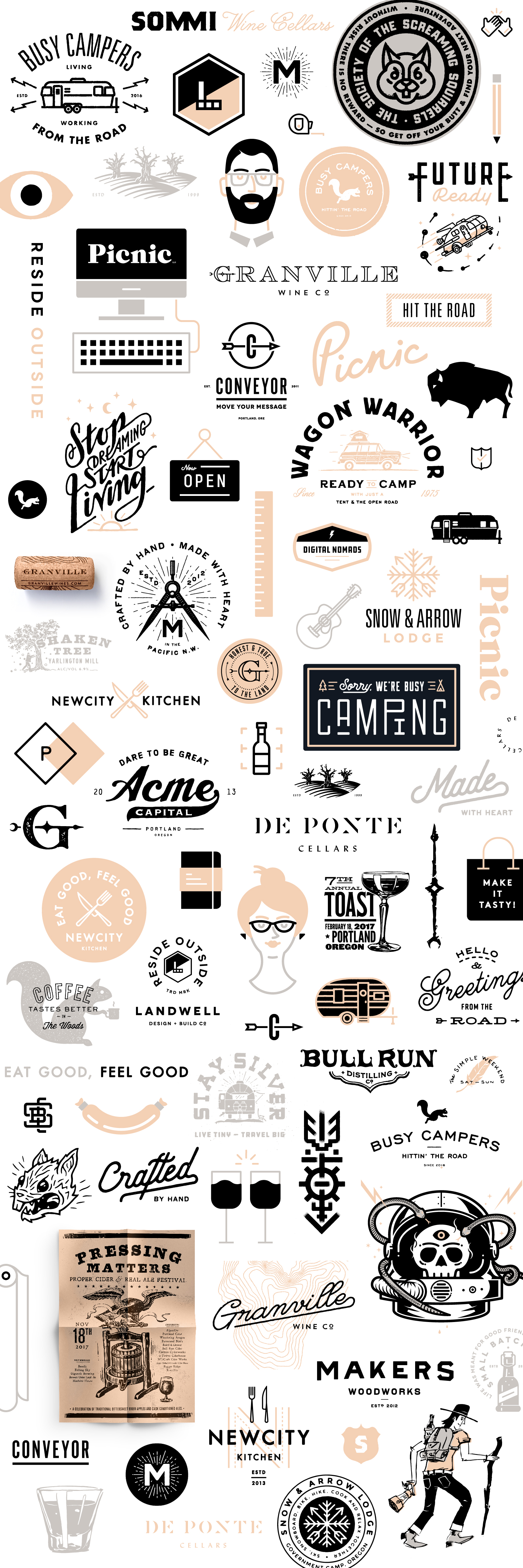A rose by any other name would smell as sweet… but would it sell as many flowers? Naming. It’s one of the most exciting and potentially frustrating parts of starting a business. Exciting, because it’s creative and can really set the tone for your brand. Frustrating, because you may find the name you fell in love with is already taken. Here’s how we approach naming with our clients.
Start with a huge list of potential company names.
We usually come up with at least 100 names. Some of them will seem silly, lots will be okay and a few will really stand out — getting everything out on paper will help you start coming up with iterations and possibilities, and this is the time to be open minded. Here a few general tips as you brainstorm:
Try to think of unique names, but not so different that no one will ever remember it.
Two syllable names are easier for people to remember, and spell.
Names that are phonetic (spelled exactly how they sound) lead to fewer misspellings in your search results, email, etc.
Pick 3-5 that make sense for your ideal customer.
Think about your future customers (if you haven't done this already, check out our Tips for Entrepreneurs post). If you’re selling a really high end product, you’ll probably want a name that’s sophisticated and elegant vs. one that’s cute and basic.
Check if your business name is available.
Check the business registration records for your state. This is usually available online through the Secretary of State website where you live. If someone’s running a business with the name in a similar or related industry with the same name, toss it. When we did this for our business, we found that there was a “Picnic Creative” in Spain — we’re okay with that and the potential for confusion is pretty low. There’s also a “Picnic” restaurant in Portland. Again, the potential for confusion is really low since it’s such a different industry. If we’d been starting a food cart instead of a design and marketing business, we would have eliminated this name.
Google it.
See what kinds of businesses and websites come up. Again, if there’s something too similar, eliminate it. You also want to make sure there’s nothing weird or unsavory that will come up if your customers google your name, leading them to sheepishly close their browser windows and clear their history, never returning to your site again. Seriously, it comes up. The internet can be a gross place.Go to namechk.com for a one-stop search of social media usernames, urls & trademarks.
Green boxes means your selection is available on that channel. If you specialize in a specific product or service, try tweaking the name with one or two descriptive words. “Balance Hot Yoga” or “Balance Yoga LA” should start opening up more results than “Balance” alone.Go to namecheap.com to see url costs.
Guessing what url’s people may want someday is a business unto itself and there are people who’ve made a fortune parking url’s. We recommend looking for options that are $12 or less annually and use .com. There are a lot of new domain extensions out there like .co, .biz, .us, .xyz and even .pizza, but .com is still the easiest for people to remember and the most common.
If you’re lucky, you’ll find something you love that’s available in your first round. If the names you loved were already taken, go back to your list, or keep brainstorming to come up with additional options.
Register and claim your name.
At the very least you’ll want to register your name with your state so someone searching later sees that it’s taken. You’ll also want to buy your url, and claim your handle on Facebook, Pinterest, YouTube, Twitter and Instagram (whether or not you plan on using them — you don’t want someone else Facebooking under your name and having it come up in web search results).
Decide if you need to trademark.
If you’re selling a niche product or service in a pretty targeted geographic area, and you’ve done all of the above, you can probably skip this step.
If you’re in a big industry, particularly the food or beverage category, and selling nationally, you may want to contact a trademark lawyer and go through the official process of registering your business name. We’ve seen everything from cease and desist letters to confusion during government reviews because of business names that were too similar. It might seem expensive now, but trust us, it’s a lot cheaper than changing your name, your logo, and every single spot where it appears down the road if you run into an issue.
Need help with naming, branding, marketing or a future graphic design project? Shoot us a note.










